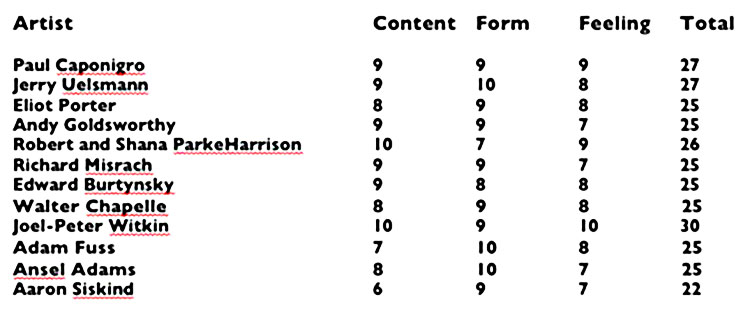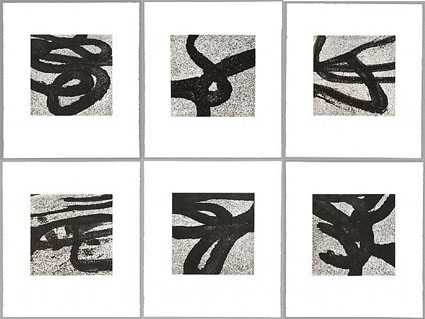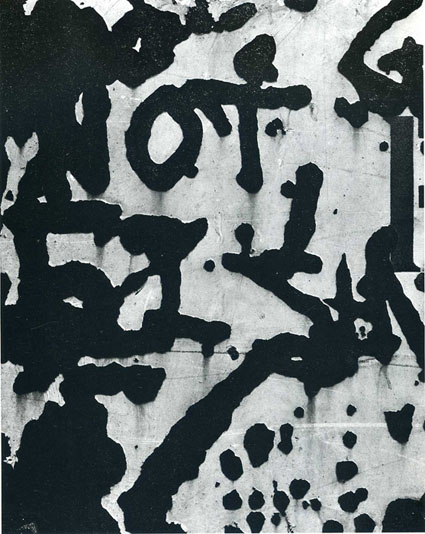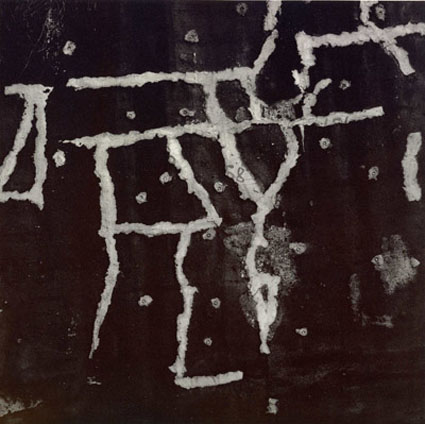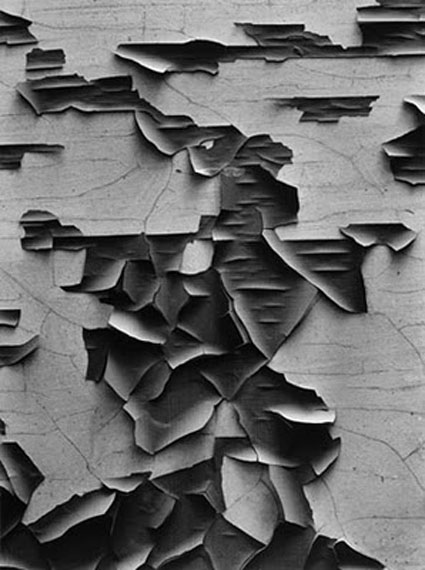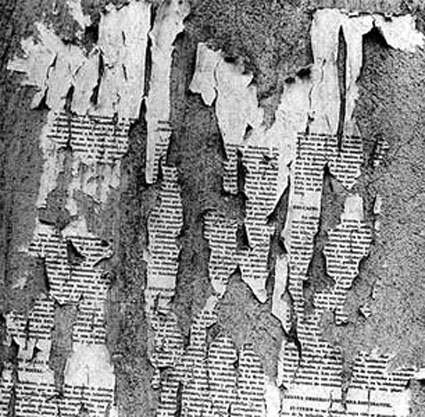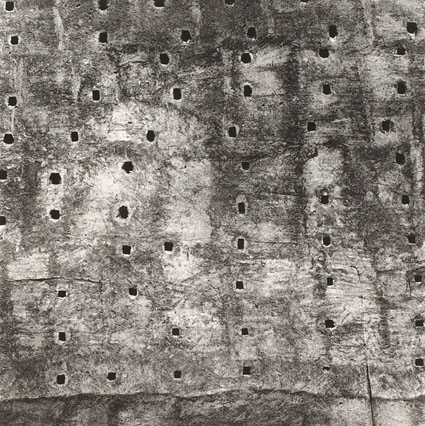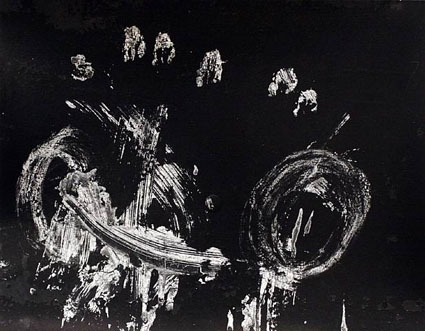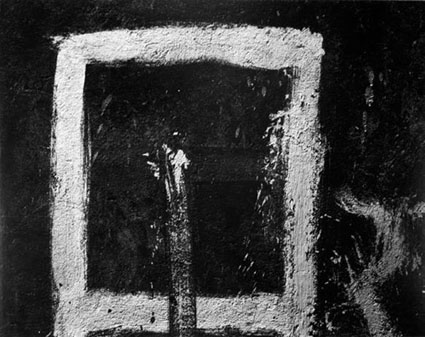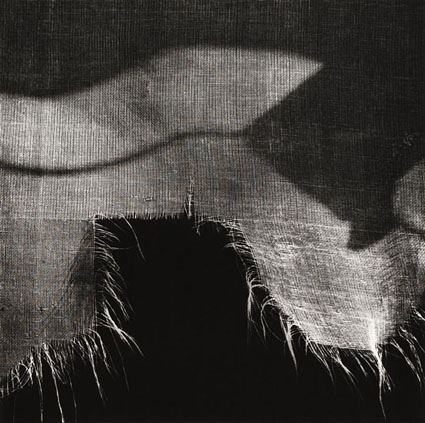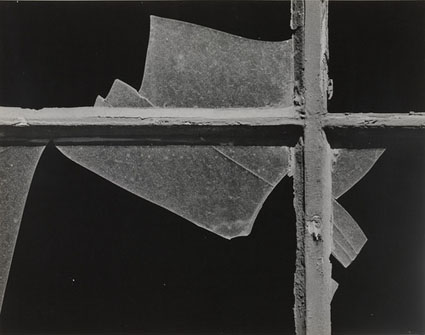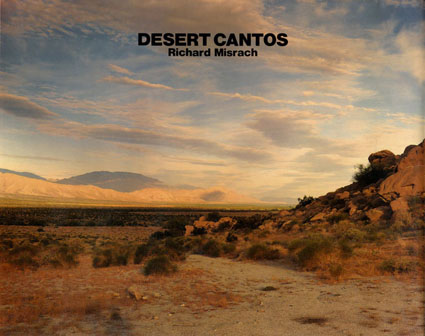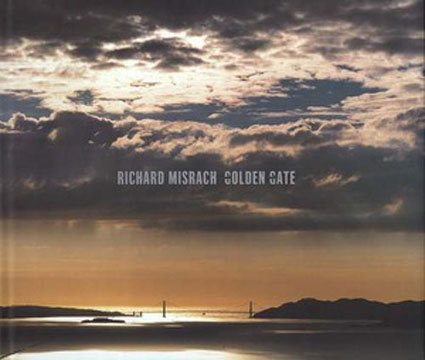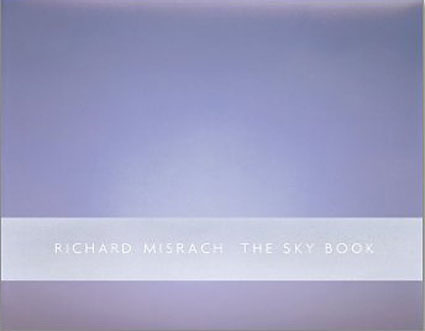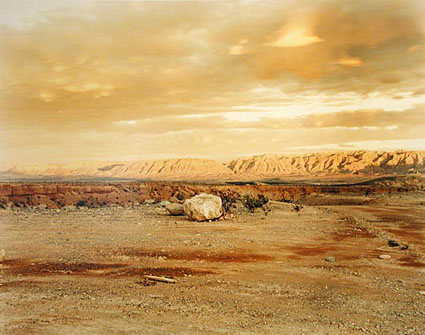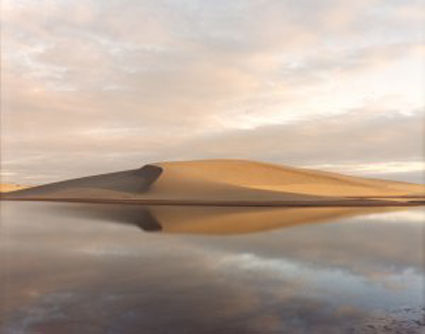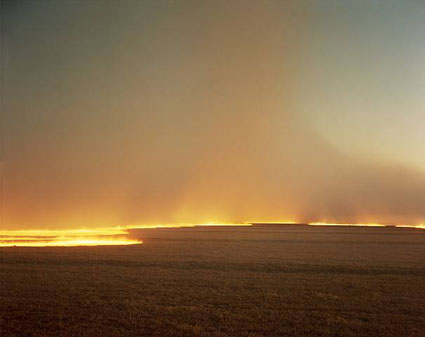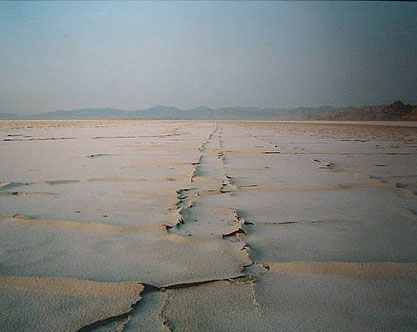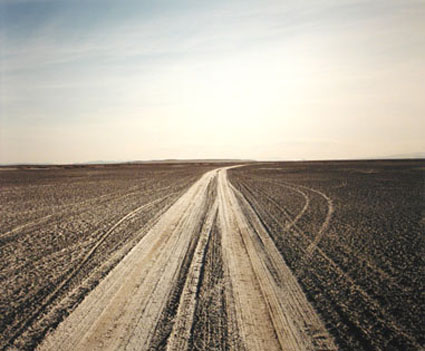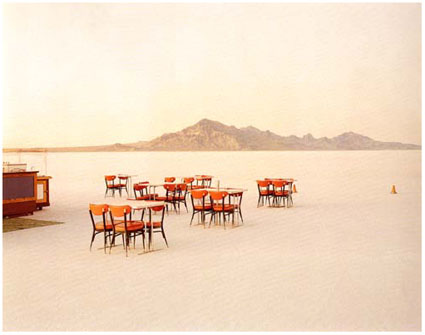Rank Your Influences
![]()
You can learn more about your influences by identifying their relative strengths. This quick exercise will not only help you understand how different works influence you but also begin to reveal why they influence you. It’s time well spent.
Make a ranked sorted list of your influences. Start by listing your influences, in any order that they come to mind. Then, arrange them, placing the strongest influence at the top of your list, the next strongest influence below it, and so on until the end of your list.
While some choices will come easily, others won’t. To help you make these choices, assign a number to each item on your list to determine its rank. (Use a scale of 1-10, with 10 being the highest.) Then arrange the items on your list from the highest number to the lowest. After you see the results, you may need to adjust your list by reranking/moving specific items.
It’s highly likely that you’ll find different artist’s works are influential to you for different reasons. Identifying how these works are influential to you can help you understand them even better. Rank each item on your list numerically based on three criteria – content (the ideas behind the work), form (style or how the work looks), and feeling (the strength of your emotional reactions to the work) – assigning a number from 1-10 for each criterion. At the same time, you can also create a cumulative or average score for each item. Now you’ll have four ways to sort your list or four new ways to compare and contrast your influences.
You may find patterns in the data that you’ve created that reveal something that wasn’t obvious before. You may find that a particular influence is significantly stronger in one criterion than the others; you like this artist’s work because of their … You may even find that a majority of your influences influence you more in one criterion than the others; you like artists who emphasize … The act of assigning numbers will encourage you to make distinctions in degree and quality that it’s very likely you hadn’t made before.
It’s quite likely that your ranked/sorted list of influences won’t be 100% accurate. By using criteria you become a little more objective. But influence isn’t entirely objective. Some things, sometimes very personal things, influence you more than others, sometimes for very personal reasons. So, fine-tune your list – intuitively. Trust your instincts. While you do, ask yourself why you’re making the moves you make and you’ll gain even more insights.
While numbers offer valuable information that can lead to genuine insights, numbers alone don’t tell your full story. For this, a little more soul searching is needed. But if you do this exercise you’ll have started off on your journey of self-discovery better informed and with a clearer direction.
Here’s a ranked/sorted list of my photographic influences.
A general trend of interest in relationships between man and nature drives my list.
Read Why Tracking Your Influences Is So Important here.
Find out more about my influences here.


